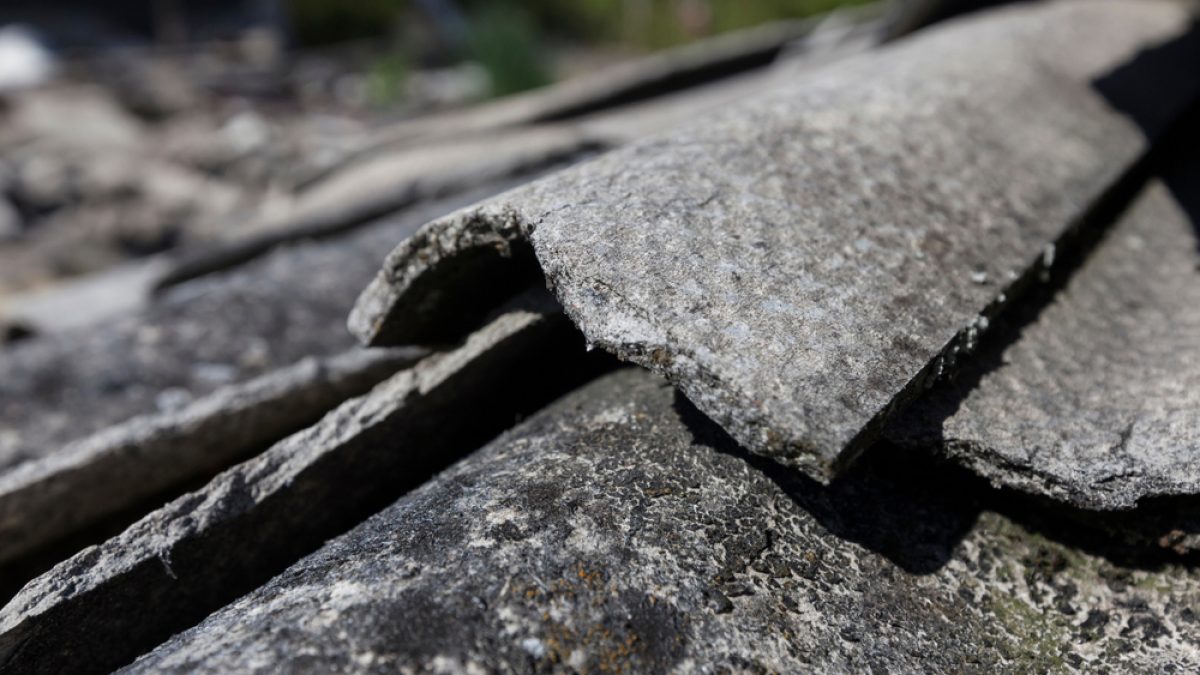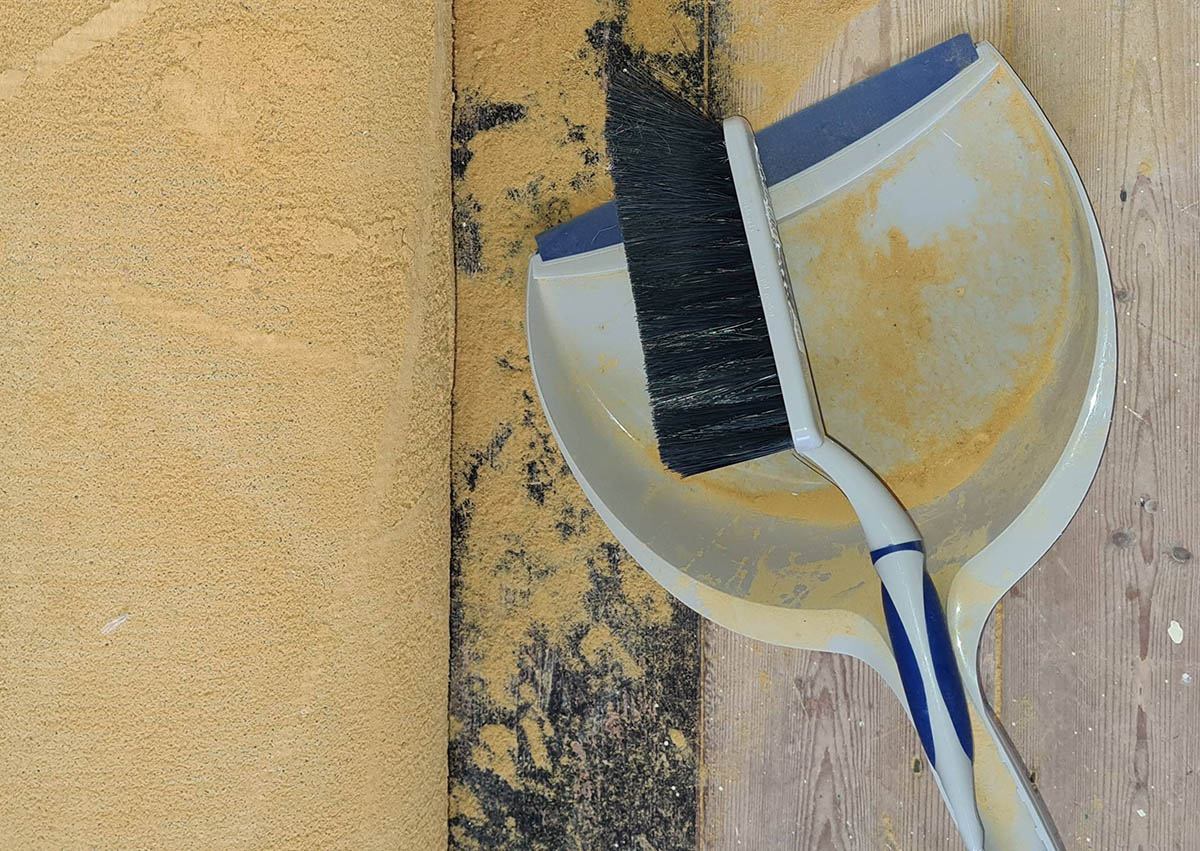Home>Ideas and Tips>The Forbidden Knowledge Of Asbestos Removal


Ideas and Tips
The Forbidden Knowledge Of Asbestos Removal
Modified: November 1, 2024
Discover the hidden dangers of asbestos and learn the best practices for safe removal to protect your health and home.
(Many of the links in this article redirect to a specific reviewed product. Your purchase of these products through affiliate links helps to generate commission for Storables.com, at no extra cost. Learn more)
Asbestos, once hailed as a miracle material for its fire-resistant and insulating properties, has become a notorious substance due to its deadly health risks. The removal of asbestos-containing materials (ACMs) is a complex and highly regulated process, requiring specialized knowledge and equipment to ensure the safety of workers and the public. This article delves into the history of asbestos, its dangers, the regulations surrounding its removal, and the best practices for handling ACMs.
The History of Asbestos
Asbestos has been used in construction and manufacturing for over a century. In the late 19th and early 20th centuries, it was widely used in building materials such as roofing, insulation, and flooring due to its excellent fire-resistant and insulating properties. The term "asbestos" comes from the Greek word for "unquenchable," which refers to the material's ability to resist heat and flames.
However, as early as the 1920s, concerns began to arise about the health risks associated with asbestos exposure. Textile workers who handled asbestos fibers were the first to report respiratory problems, which eventually led to the diagnosis of asbestosis—a lung disease caused by inhaling asbestos fibers. The latency period for asbestosis can range from 10 to 20 years, making it difficult to diagnose until significant damage has already been done.
Health Risks Associated with Asbestos
The primary health risks associated with asbestos exposure are asbestosis, mesothelioma, and various types of cancer. Asbestosis is a chronic lung disease that results from the scarring of lung tissue due to the inhalation of asbestos fibers. This scarring can lead to severe respiratory problems and eventually render the lungs unable to function properly.
Mesothelioma is a rare form of cancer that affects the lining of the lungs, abdomen, or heart. It is almost exclusively caused by asbestos exposure and has a latency period ranging from 20 to 50 years. The prognosis for mesothelioma is grim, with most patients dying within 12 months of diagnosis.
In addition to asbestosis and mesothelioma, exposure to asbestos has been linked to various other cancers, including lung, gastrointestinal tract, kidney, and larynx cancers. The latency period for these cancers typically ranges from 15 to 30 years.
Regulatory Frameworks
Despite the known health risks associated with asbestos, its use is still not entirely banned in many countries. The Environmental Protection Agency (EPA) in the United States does not have a general ban on the use of asbestos, although it is one of the first hazardous air pollutants regulated by the agency.
The European Union has taken a more stringent approach by banning the use of all forms of asbestos. The EU Directive 2009/148/EC sets strict limits on the exposure to airborne concentrations of asbestos fibers, mandating that no worker should be exposed to more than 0.1 fibers per cubic centimeter over an eight-hour period.
Guidelines for Asbestos Removal
The removal of asbestos-containing materials is a highly regulated process that requires specialized knowledge and equipment to ensure worker safety. The following guidelines outline the best practices for handling ACMs:
-
Personal Protective Equipment (PPE): Workers handling ACMs must wear appropriate PPE including respiratory protection (P2/P3 masks), protective suits, gloves, and eye protection.
-
Enclosure and Containment: Asbestos materials should be bound in a closed system to prevent airborne fibers from escaping. This can be achieved using a high-performance vacuum suction device or by wetting the materials to prevent dust formation.
-
Material Lock: Materials containing asbestos or contaminated objects must pass through a material lock of at least two chambers. The partitioning must not be dismantled without prior cleansing measures to prevent re-release of fibers into the air.
-
Ventilation and Dust Control: A ventilation device or an approved industrial vacuum cleaner discharging exhaust air into the open air should be used to minimize airborne fiber concentrations. Dust collectors and dust-proof packaging are also essential for controlling dust levels.
-
Cleaning and Air Changes: The work area should be thoroughly cleaned, and at least 30 air changes should be performed before dismantling the partitioning to ensure that all airborne fibers are removed.
-
Washing Facilities and Showers: Adequate washing facilities and showers should be provided for workers to clean themselves after handling ACMs, reducing the risk of fiber transfer to other areas.
-
Spatial Separation: Asbestos products should be separated from their surroundings in a dust-proof manner using additional building components like spatial separation techniques.
-
Maintenance Work: Maintenance work involving sporadic and low-intensity exposure should be conducted with minimum technical precautions. However, even at low exposure levels, risks remain, and appropriate protective measures should always be applied.
Challenges in Asbestos Removal
Despite the stringent regulations and guidelines, several challenges persist in the effective removal of asbestos-containing materials:
-
Lack of Awareness: Many communities lack awareness about the risks associated with asbestos exposure, particularly among migrant workers who may not speak the local language and may not have access to proper training materials.
-
Political Will: There is often a lack of political will among policymakers to ban asbestos entirely due to its widespread use in various industries and the economic benefits it provides.
-
Economic Barriers: The cost of removing asbestos-containing materials can be prohibitively expensive for many communities, especially in developing countries where resources are limited.
-
False Claims and Illegal Trade: Key messages regarding the risks and impacts of asbestos are often lacking, and false claims about its safety can lead to illegal trade and non-compliance with regulations.
Read more: How To Remove Asbestos Pipe Insulation
Best Practices for Handling ACMs
To ensure safe handling and removal of asbestos-containing materials, the following best practices should be followed:
-
Visual Inspection: Conduct a thorough visual inspection before starting any work involving ACMs to identify potential hazards and plan accordingly.
-
Measurement of Fiber Concentration: Perform measurements to verify whether the admissible maximum value of fiber concentration is exceeded. Only if it is not the case can the partitioning or enclosure be removed.
-
Training and Certification: Ensure that all workers involved in the removal process are properly trained and certified in handling ACMs. This includes training on the use of PPE, containment methods, and safe removal techniques.
-
Documentation: Maintain detailed documentation of all removal activities including pre-removal inspections, removal methods used, and post-removal cleaning procedures. This documentation is crucial for future reference and compliance with regulations.
-
Community Involvement: Engage with local communities to raise awareness about the risks associated with asbestos exposure and involve them in the decision-making process regarding ACM removal.
Conclusion
The removal of asbestos-containing materials is a critical task that requires meticulous planning, specialized knowledge, and adherence to strict regulations to ensure worker safety and public health. Despite the known health risks associated with asbestos exposure, its use remains prevalent due to economic and political factors. By following best practices outlined above and addressing the challenges associated with ACM removal, we can significantly reduce the risks posed by this deadly substance.
In conclusion, while there is still much work to be done in eliminating asbestos-related diseases globally, continued awareness-raising efforts coupled with stringent regulatory frameworks can help mitigate these risks effectively. As we move forward in our quest for safer living environments free from hazardous materials like asbestos, it is imperative that we prioritize education, training, and compliance with established guidelines to protect both workers and communities worldwide.
References: Wikipedia. (n.d.). Asbestos and the law. Retrieved from https://en.wikipedia.org/wiki/Asbestos_and_the_law European Commission. (n.d.). Practical guidelines for the information and training of workers on the risks related to the handling of asbestos-containing products. Retrieved from https://ec.europa.eu/social/BlobServlet?docId=7478&langId=en World Health Organization. (2017). Barriers and facilitators to the elimination of asbestos-related diseases. Retrieved from https://www.ncbi.nlm.nih.gov/pmc/articles/PMC5664770/
This article aims to provide comprehensive knowledge on asbestos removal practices while highlighting the importance of adherence to regulatory frameworks and best practices to ensure public health safety.
Was this page helpful?
At Storables.com, we guarantee accurate and reliable information. Our content, validated by Expert Board Contributors, is crafted following stringent Editorial Policies. We're committed to providing you with well-researched, expert-backed insights for all your informational needs.















0 thoughts on “The Forbidden Knowledge Of Asbestos Removal”